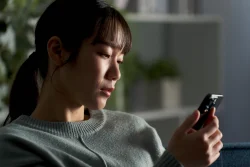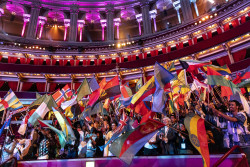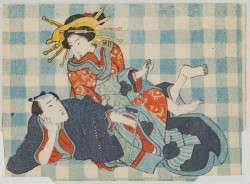
September 30, 2015
Artist File
Ghosts of artists past revisit the National Art Center
Artist File is the National Art Center, Tokyo’s big annual contemporary art show. Usually, what you get is a collection of mid-career artists, posing as “youngish,” loosely tied together by a nebulous theme. This year, however, Artist File has come up with a stronger theme. To celebrate the 50th anniversary of the resumption of diplomatic ties between Japan and Korea, the show has brought together equal numbers of Japanese and Korean artists to capture something of the essence of this often-troubled relationship.
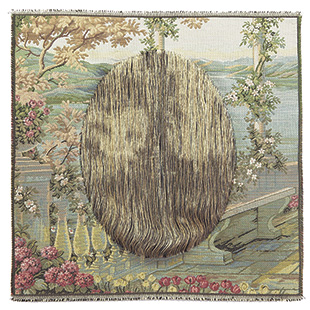
(Ute Klein/ Courtesy: Galerie Michael Janssen Berlin-Singapore)
Rather prosaically titled “Next Door: Contemporary Art in Japan and Korea,” the show eschews cozy cultural interplay in favor of weird juxtaposition and unexpected resonance. As reasonably successful contemporary artists, each of the twelve participants has already found his or her own niche, ranging from Sungmi Lee’s large minimalist ceramic works and Motohiro Tomii’s deadpan surrealism to Shizuka Yokomizo’s overly precious photo and video works.
Viewed on paper, the idea of bringing these and the other nine extremely diverse artists together into a coherent show may seem a little like trying to herd cats, but strangely much of the art seems to hit a similar chord, with a recurring theme of ghostliness and hauntedness that seems to be more of a fortuitous accident than a curatorial conceit.
Sometimes the ghostly theme is blatant, as in Yokomizo’s Phantom (2006-7) video installation, in which people—mainly Westerners—recount actual experiences of encountering ghosts; or in Seulki Ki’s Post Tenebras Lux (2014), photos of forest scenery inhabited by apparently sentient clouds of mist. But often, it’s more subtle. Ki also presents photos, which seem to have been taken just a moment too late, where the subject is in the process of departing. Photos like this evoke a sense of something half-seen or half-remembered.
This half-remembered or evasive quality is more than an accident, but captures the feeling of awkwardness that subsists between Korea and Japan: much is forgotten or passed over due to its painfulness and the wish to start afresh. The only problem is the ghosts of the past are sure to make themselves felt in some way.
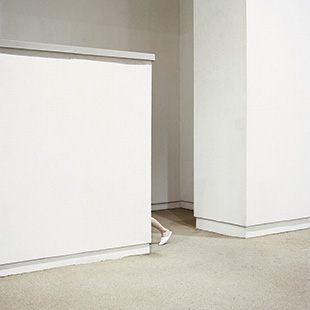
Kohei Kobayashi’s offbeat works feature odd videos and the props used to make them, and provide some comic relief from the exhibition’s more sombre aspects.
It’s impressive that such a diverse show hangs together quite well. But if there’s one major criticism, it’s that there’s a deficiency of aesthetically-pleasing art; video and concept art of a largely minimalist character dominates. Sungmi Lee’s large ceramic works, like Glass Blanket (2014), incorporating broken automobile glass, are initially impressive, but soon bore.
More satisfying as aesthetic and conceptual works are Aiko Tezuka’s embroidery and anti-embroidery works. She unpicks and reweaves tapestries and other woven objects in eye-catching ways. Suspended Organs (Kitchen) (2013) takes an old linen tea towel from pre-war Germany and unpicks one half to create an interesting design of sweeping threads and an embroidered heart on a plate.
With these artistic works, one gets a sense of two cultures communicating with each other in a subtle way that helps lessen tensions between them. Ghosts and artists, it seems, can say things others can’t.
National Art Center, Tokyo. Until Oct 12.


